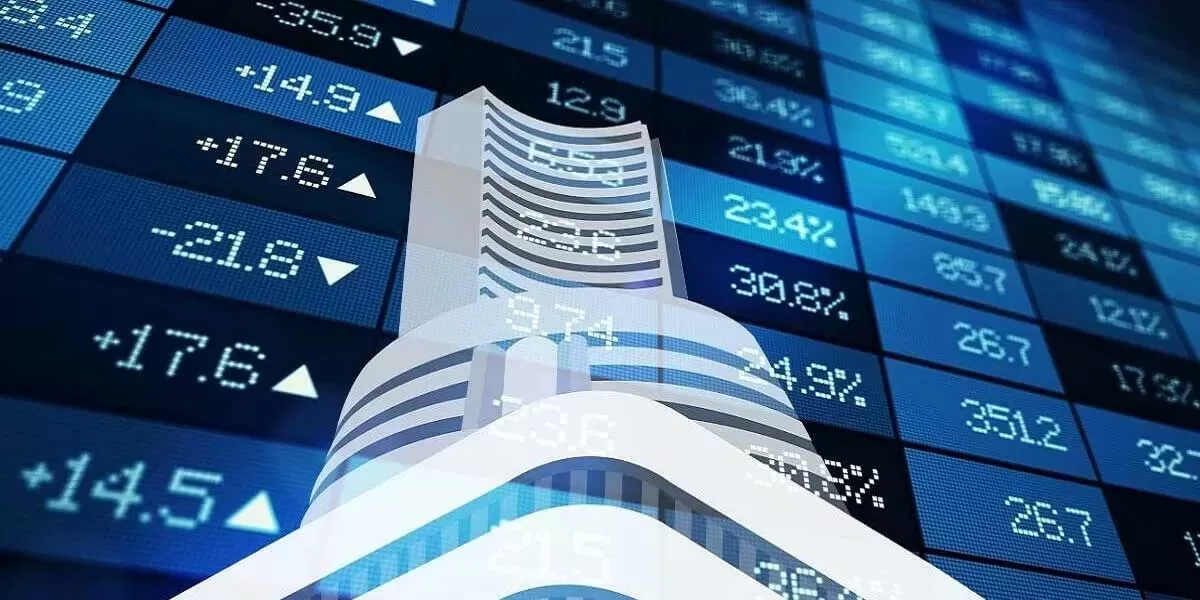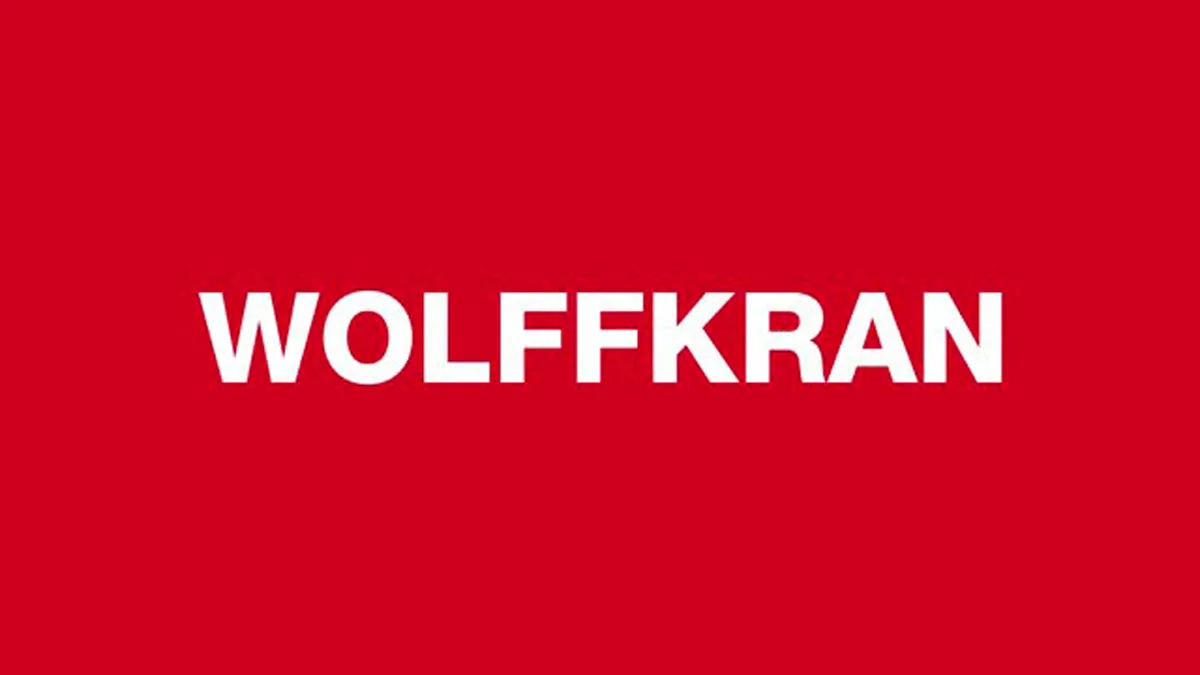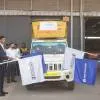

Pune Registers Over 12,500 Properties in October 2025
According to the latest assessment by Knight Frank India, Pune’s real estate market recorded 12,693 property registrations in October 2025, generating Rs 5.27 billion in stamp duty revenue for the state exchequer.While registrations dipped 39 per cent year-on-year (YoY) and revenue declined 30 per cent, the fall was attributed to a high base effect from October 2024, which had witnessed exceptional festive-driven activity during Navratri (October 3–11) and Diwali (November 1). This year, most festive buying occurred in September, with Navratri running from September 22 to October 1, and Di..

Two WOLFF Cranes Power Construction of Al-Rajhi Mosque
The Sheikh Saleh Al-Rajhi Mosque, a new architectural and spiritual landmark rising along the bustling King Abdullah Road in central Riyadh, is being constructed with the help of two high-performance WOLFF tower cranes. The project, led by contractor Rowad Al Riyadh, involves intricate planning due to its prime location and complex structural requirements.To meet the demanding site conditions, Rowad Al Riyadh has deployed a WOLFF 6015.8 Clear and a WOLFF 7532.12 Cross. The WOLFF 6015.8 Clear features a hook height of 51 meters, a jib radius of 60 meters, and a maximum lifting capacity of 8 ton..

Hyderabad Home Registrations Rise 5% YoY in October 2025
Knight Frank India, a leading international property consultancy, reported that residential property registrations in Hyderabad rose by 5 per cent year-on-year (YoY) in October 2025, with the total value of homes registered increasing by 25 per cent during the same period. The growth was driven by strong festive demand and a sharp rise in premium housing, with homes priced above Rs 10 million surging 73 per cent YoY, underscoring the city’s growing appetite for luxury real estate.Between January and October 2025, Hyderabad recorded 61,699 residential property registrations, a 5 per cent decl..
















